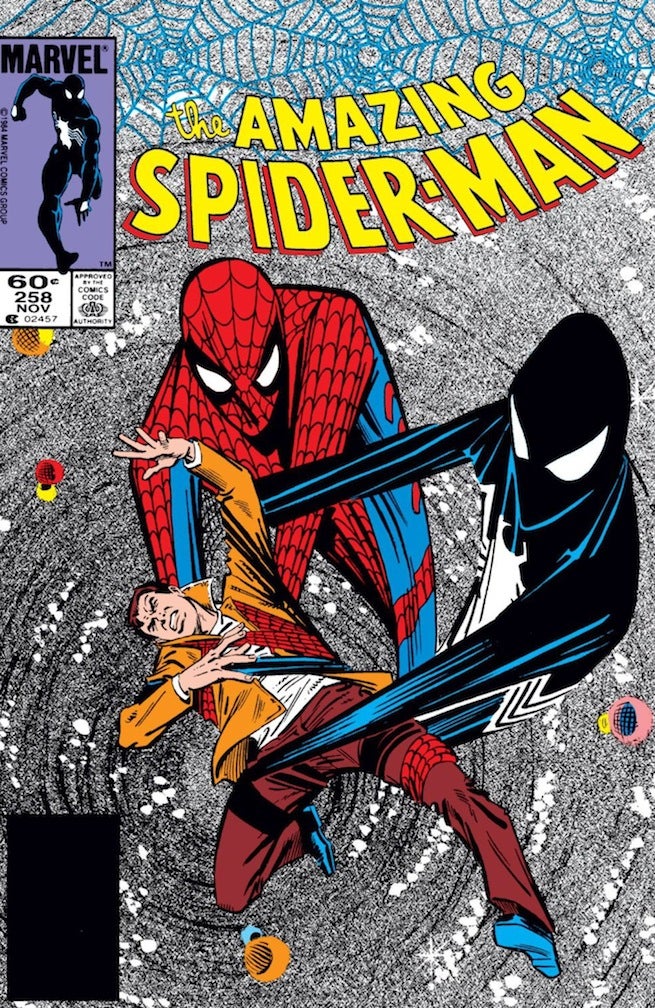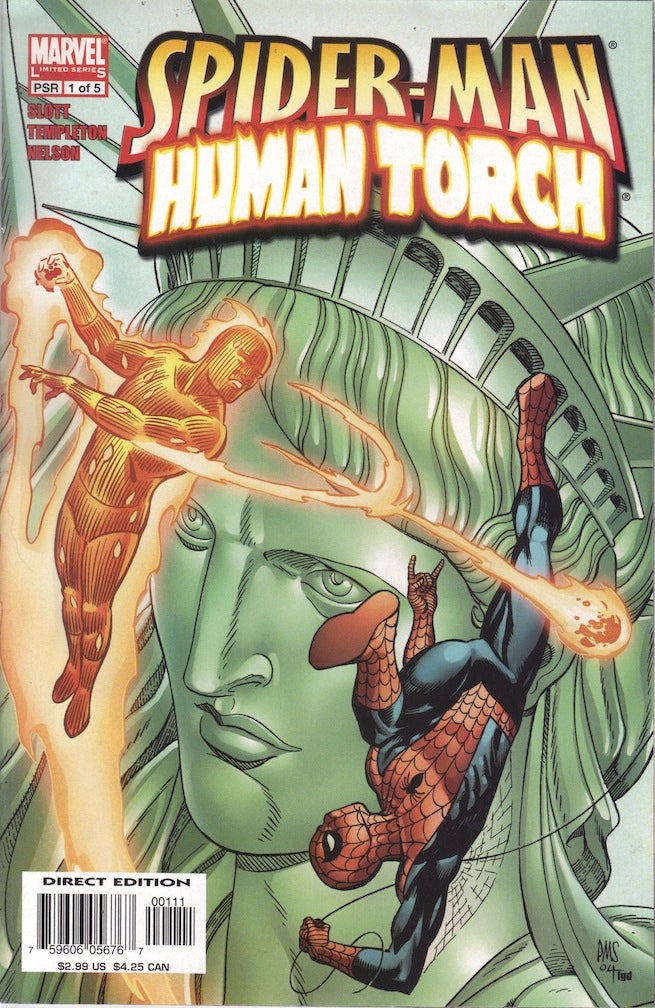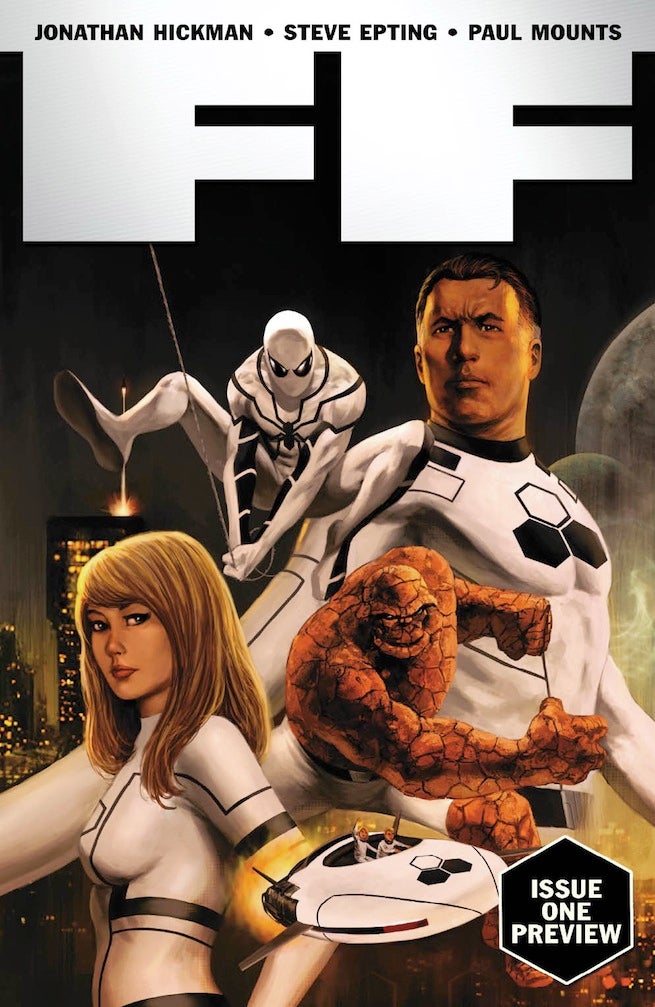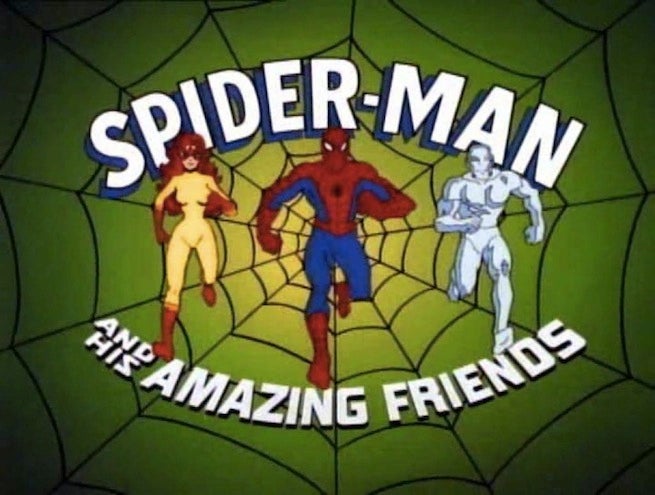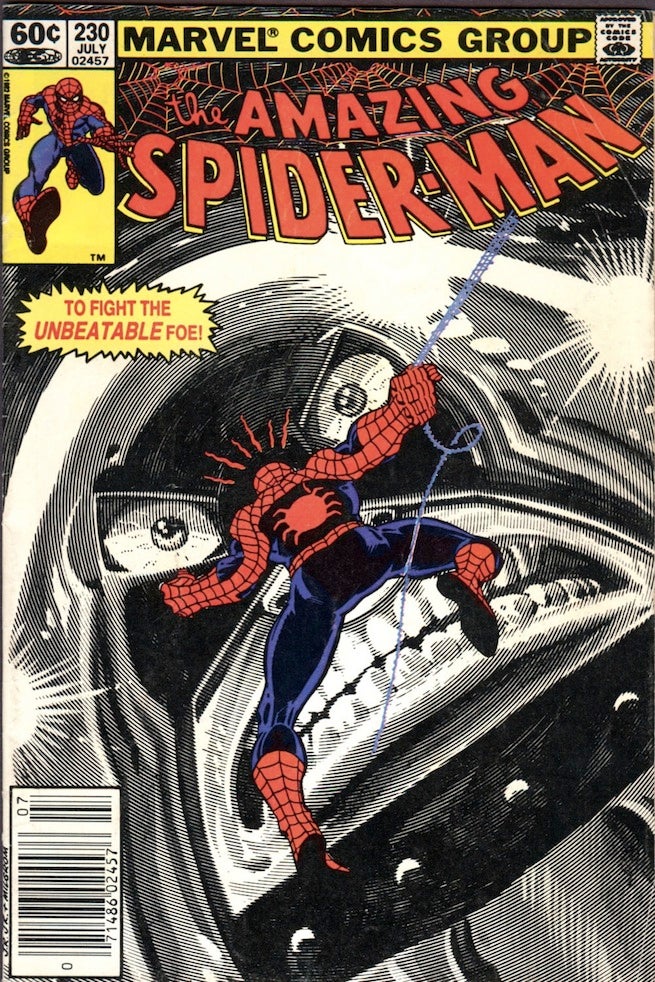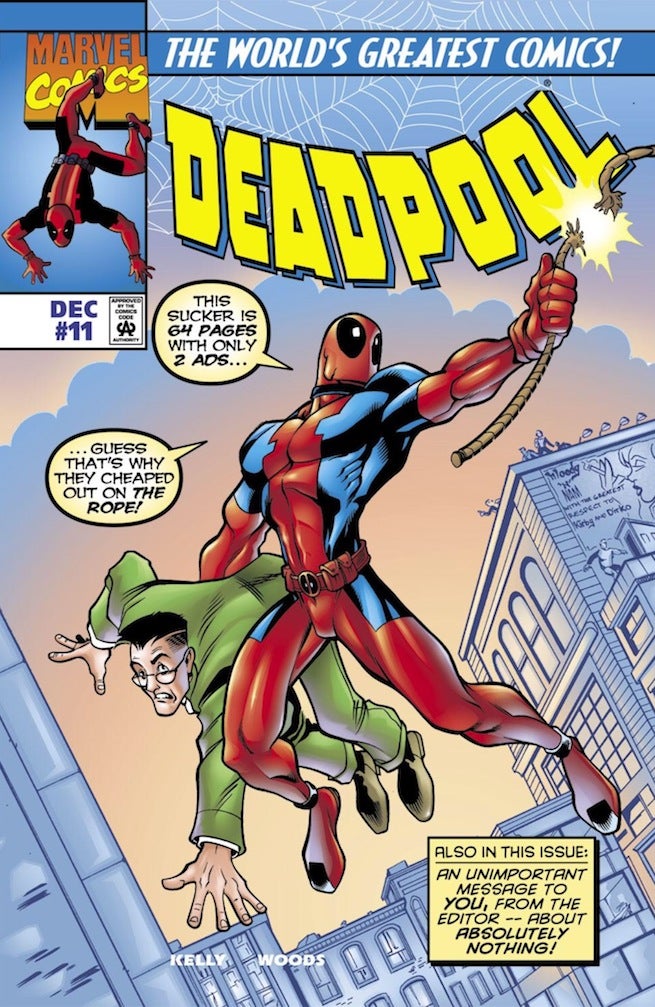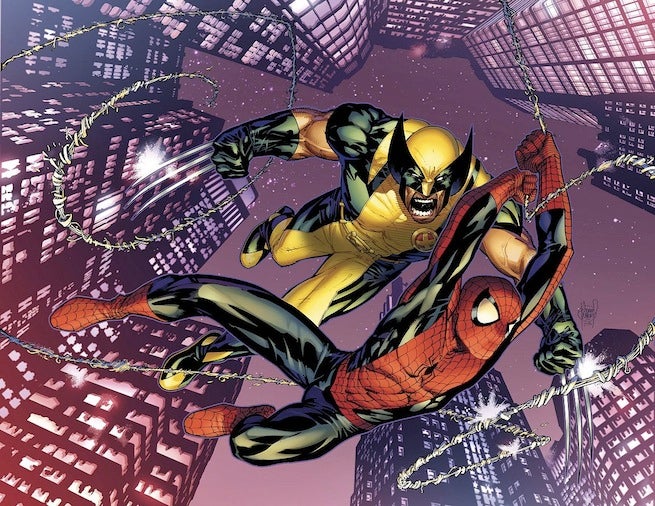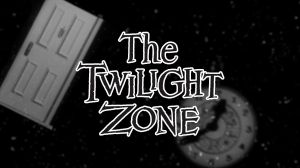Despite the fact that Marvel Studios and Sony recently came to an agreement that would allow Spider-Man to become a part of the Marvel Cinematic Universe, a case could be made that Spidey, as a comic book character, has a far more distinguished history with Fox’s Fantastic Four and X-Men teams. In the debut issue of Spider-Man’s first solo title, Amazing Spider-Man, the character attempted to join the Fantastic Four, while the Wall Crawler has also long been inextricably linked to the X-Men as Marvel’s teenage outcast heroes.
Videos by ComicBook.com
So with that in mind, we thought we’d highlight some of the greatest comic book moments/storylines involving Spider-Man and the F4 and Spidey and the X-Men/Marvel’s mutant population. The chances of seeing any of these moments on the big screen are probably now nil, but that doesn’t change the fact that they would still work wonderfully if Hollywood’s political winds ever blew in a different direction and brought Spidey into the Fox family.
Spider-Man and the Fantastic Four
5. Amazing Spider-Man #1
In the very first issue of Spider-Man’s solo series (his second overall appearance after Amazing Fantasy #15), the Wall Crawler decides the best way to make a name for himself (and to earn a little extra coin to help Aunt May pay her bills) is to break into the Fantastic Four’s Baxter Building headquarters and join the team. Marvel’s “First Family” doesn’t take too kindly to having their security system tested, and after fighting with Spidey for a few minutes, they let the Wall Crawler know they’re a non-profit organization and they’re not taking new members. Embarrassed and frustrated, Spidey takes off, but not before making an impression on the Fantastic Four, who all agree (well, maybe not the Thing) that Spider-Man is one masked vigilante that warrants close attention.
In addition to this being the landmark first issue of Amazing Spider-Man, the storyline also marks the very first Fantastic Four crossover in Marvel Comics history. As it turned out, both franchises were so popular, they really didn’t need to cross-pollinate each other’s books, though Spider-Man and the F4 would continue to interact with each other in the future.
4. Disposing of the Symbiote (Amazing Spider-Man #258)
One of the most dramatic visual changes for Spider-Man came in the mid-1980s when the character returned from Battleworld and the Secret Wars with a brand new, all-black costume. This costume could do it all – including responding to Spidey’s mental commands. However, as time marched on, the costume proved to have a mind of its own. Concerned for his well-being, Spider-Man decides to take Reed Richards up on his previous offer to check out the costume to see if anything about it is amiss.
The costume turns out to be an alien symbiote that is attempting to permanently bond to Peter as its host. When he is unable to remove the costume himself, Reed lends a helping hand and blasts it with a sonic gun while Human Torch surrounds it with a ring of fire. Just to show what a great friend he is, Torch lends Spider-Man a leftover F4 costume and a brown paper bag, giving rise to the Amazing Bag-Man (complete with “kick me” sign). As for the symbiote … it found a way to escape from the Baxter Building, bonded to a former newspaper reporter named Eddie Brock who had a major grudge against Spider-Man, giving birth to the monstrosity known as Venom.
3. Spider-Man/Human Torch
Current Spidey scribe Dan Slott got his first chance to write a full Spider-Man story with this excellent five-part miniseries that delves into the love-hate relationship of Marvel’s two most famous young, brash heroes – Spider-Man and the Human Torch. Each installment of this series takes place at a different point in the tandem’s history, dating back to the Silver Age when the two characters absolutely hated (but also kinda respected) each other, to the present day. Slott does a phenomenal job drawing parallels between the two characters while also dissecting what makes them so different – i.e., while both got their feet wet as teenage superheroes, Spidey has always had to hide under a mask to protect his loved ones and adhered to the mantra “with great power, there must also come, great responsibility,” while Johnny has always been able to publicly embrace his superhero-dom.
In the ultimate kicker, Slott scripts a killer scene where Spidey reveals his identity to Johnny. The end result is a series that’s sentimental and nostalgic while also casting both characters in entirely new light. Fans of either or both characters really need to read this mini as it’s truly one of Slott’s best stories, period.
2. “Face Front” (Amazing Spider-Man #590-591)
In the post-“One More Day” era of Spider-Man comics, in addition to having his marriage to Mary Jane mystically annulled by Mephisto, Spidey also managed to reverse his unmasking during Civil War, allowing him to once again have a secret identity.
Still, there was never a clear-cut explanation as to how friends and family who once knew that Peter was Spider-Man suddenly had their minds wiped. “Face Front” attempts to answer that lingering question, while also featuring a goofy cosmic team-up of Spider-Man and the F4 in Marvel’s Marcroverse – a dimension where time moves at a considerable slower pace than it does back on Earth.
Over the course of the storyline, Johnny becomes enraged by the fact that he can no longer remember the identity of his good buddy. When Johnny attempts to force the issue and unmask Spider-Man, Sue and Reed step in so as not to betray their comrades trust. Still, they are curious as to what could have possible happened to wipe their brains of Spidey’s identity.
Spider-Man explains that Mephisto created a “psychic block” that could only be undone by Spidey manually unmasking for someone. But by doing so, he risks letting others know his identity. Reed creates a block of that block (because he’s Reed Richards) and in a sentimental scene, Spidey removes his mask and reveals himself as their old friend Peter.
1. The Future Foundation
In the wake of Johnny Storm’s apparent death, Spider-Man’s story with the Fantastic Four came full circle when he is invited by the surviving members to join a brand new team dubbed the Future Foundation. Ditching the old blue uniforms, the FF include Reed and Sue’s son Franklin, along with many of the other children who were deemed the future of the Marvel superhero universe. Jonathan Hickman scripted the series.
Spider-Man didn’t actually do a whole lot during FF tenure, as the storyline is just a general continuation of the complex arc Hickman was stringing together prior to Johnny’s death. However, Spidey does get the honors of stumbling across Johnny when he unexpectedly returns from the Negative Zone in Fantastic Four #600. Storm’s first question was what was Spider-Man doing in the all white costume.
Spider-Man and the X-Men
5. Spider-Man Meets the X-Men (Untold Tales of Spider-Man #21)
Here’s a fun one for all of you continuity police officers out there. During the peak of the bloated “Clone Saga” in the mid-1990s, Marvel paired together Kurt Busiek and Pat Olliffe to create Untold Tales of Spider-Man, a series that was set strictly during the Stan Lee/Steve Ditko run of Amazing Spider-Man during the Silver Age. The book featured some new characters, but was most notable for how it brought in established Marvel figures and incorporated them into Spidey’s history at an earlier point in his timeline.
One of the best issues of this underappreciated run took place shortly after Amazing Spider-Man #17 (aka, the issue where Spidey finds out Aunt May is sick and he runs out on a fight with the Green Goblin, being labeled a coward). In this untold tale, Spider-Man meets the original X-Men lineup – Cyclops, Marvel Girl, Beast, Angel and Iceman – for the very first time. The group crosses paths at a nightclub where Peter is on a date with Liz Allan. That’s when they find out a villain named Menace (not the goblin from “Brand New Day”) is attacking a building next door. Peter and the mutants run out the door and bam – instant team-up.
What’s so wonderful about this issue is how Busiek’s script plays up the teenage outcast angle for Spider-Man and his mutant counterparts. All of these heroes have developed a bad reputation in the public eye, which makes them logical allies.
4. Spider-Man and His Amazing Friends
OK, so maybe this is a sorta cheat for the purposes to this list, though to be fair, this Saturday morning cartoon that saw Spider-Man team-up with the mutants Iceman and Firestar (a new creation for the show) was later adapted into a very limited comic book series in 1981. Plus, Firestar, a mutant that used microwave waves to heat things up, was such a hit, she was eventually incorporated into the comics, becoming a member of the X-Men, the New Warriors and a few other supergroups (and teaming up with Spidey during “Maximum Carnage”).
The series, which ran for three seasons, featured all three characters as teenagers living in Peter’s Aunt May’s house. Brian Michael Bendis would later pay homage to Spider-Man and his Amazing Friends as part of an arc on his original Ultimate Spider-Man series (the storyline featured Firestar, but a later arc had Iceman and Johnny Storm/Human Torch living with Peter and May). It certainly wasn’t high art, but it’s definitely one of the more popular superhero animated series to ever be produced.
3. Spider-Man vs. X-Men Villains (Amazing Spider-Man #229-230, 327)
Neither of these stories show Spidey teaming up with a member of the X-Men, but they both depict Spider-Man fighting two notable X-Men villains who are way above his weight class.
“Nothing Can Stop the Juggernaut” (ASM #229-230) is considered by many readers to be one of the greatest Spider-Man stories of all time. In it, Spidey is completely on his own in fighting the unstoppable Juggernaut (who is Charles Xavier’s stepbrother). The two-parter from Roger Stern and John Romita Jr. is a classic “Spidey overcomes impossible odds by using his brain” story. Spider-Man throws everything he can at the Juggernaut, even crashing a loaded oil tanker into the villain (of course, Spidey feels remorseful afterwards for attempting to kill his adversary), all to no avail. Finally, Spider-Man lures Juggernaut into a pit of wet cement, trapping him and poetically enough, stopping him. The template Stern laid out for Spidey in this battle would be copied many times over, such as when Spider-Man fought Firelord during the Tom DeFalco/Ron Frenz run and his stand against the Phoenix Five in Avengers vs. X-Men.
ASM #327 is actually one installment of the larger “Acts of Vegeance” storyline, where all of Marvel’s villains decide to mix things up by tormenting a different set of heroes. So Magneto moved on from the X-Men and put his sights on taking down Spidey. What Magneto didn’t account for however was the fact that a few issues earlier, Spider-Man inherited the cosmic powers of Captain Universe. Magneto is quite surprised by Spider-Man’s insane powerset and decides to back away from the battle, giving Spidey the victory.
2. “With Great Power, Comes Great Coincidence” (Deadpool #11)
AKA, the comic where Deadpool goes back in time a la Quantum Leap and becomes Peter Parker, reenacting the events of the Stan Lee/John Romita Jr. classic, Amazing Spider-Man #47.
If we’re being honest here, this 1997 comic from Joe Kelly’s character-defining run on Deadpool is just too bold, too unique and too brazen to ever be considered for a Hollywood adaptation. But if you want an example of what would happen if Sony’s Spider-Man and Fox’s Deadpool cross-pollinated, here is your “Exhibit A.” It’s an undeniable classic filled with a level of self-awareness and satire that few comics have ever been able to achieve. Kelly’s script lampoons many of the themes and tropes that were just customary in Silver Age superhero comics (he even makes fun of the Osborn’s “tootsie roll” hairdo), while still finding a way to be reverential and respectful. Seeing a John Romita-ified version of Peter doling out Deadpool’s one-liners is just a sight to behold.
I really want to be more eloquent about why this comic is so brilliant, but it’s really one of those things that you need to read for yourself to full grasp how extraordinary it is.
1. Astonishing Spider-Man & Wolverine
This widely-acclaimed miniseries from Jason Aaron and Adam Kubert sends best frenemies Spider-Man and Wolverine on a time traveling adventure that is both funny and bittersweet.
As the duo are battling the Orb and his goons, a bag of glowing diamonds drops to the ground, which sends Spidey and Wolverine back in time. There’s the customary bickering between the two characters – who are about as different ideologically as any two heroes can be – but the miniseries takes a number of unexpected turns, producing some fantastic character moments. At one point, Spidey and Wolverine are sent back in time to Logan’s earliest days (as captured in the Origin miniseries) And some of the most interesting material stems from a romance Spider-Man has with a “woman from his dreams,” named Sara Bailey. Peter is so smitten with her, he’s ready to propose to her, only to be transported back to the present day. In one of its most emotional scenes, Spidey walks by a tree where he carved his and Sara’s initials centuries before.
Similar to the aforementioned Spider-Man/Human Torch miniseries, Astonishing Spider-Man/Wolverine is a great demonstration of how two seemingly incompatible people can forge a meaningful friendship based on mutual respect and admiration for each other.



